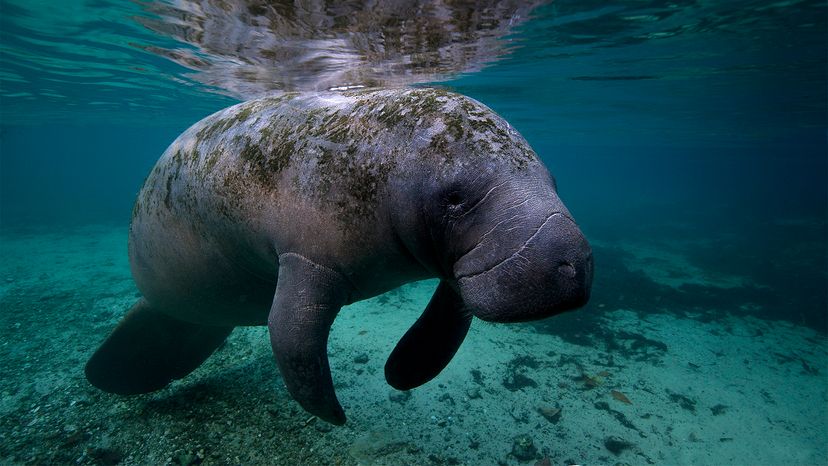
During a routine third grade school library visit circa 1993, I fell in love. I wasn't really into boys yet (unless they were on TV and looked like Rider Strong — swoon!), but when I randomly flipped the page in a nature magazine, I laid eyes on the most glorious creature I'd ever seen: the sea cow. Formally known as the manatee, the beautiful, bulky, gray, wrinkled swimmer stared at me with generously spaced beady eyes and what I swear was a smile. I knew I'd found my animal soulmate. I promptly showed the page — an advertisement for the Save the Manatee Club — to my teacher and soon, my entire class was grudgingly donating money to sponsor a sea cow in Florida. Honestly, to this day, it's my proudest achievement.
Fast-forward a few decades and I'm still just as obsessed with the gentle, flippered giants and am currently the proud sponsor of a lovely little manatee lady named Electra, who was rescued by the Save the Manatee Club after a boat strike in 1998. I have been gifted with no less than three Mana-Tea infusers over the years, I've prominently pasted a sea cow sticker on my laptop, and I am frequently tagged in social media posts related to the aquatic loves of my life. So when I was asked to write a comprehensive article on these super chill marine mammals, I screamed a bit and then got to work. Here is everything you'd ever want to know about manatees, brought to you by a lifelong fan.
Advertisement

